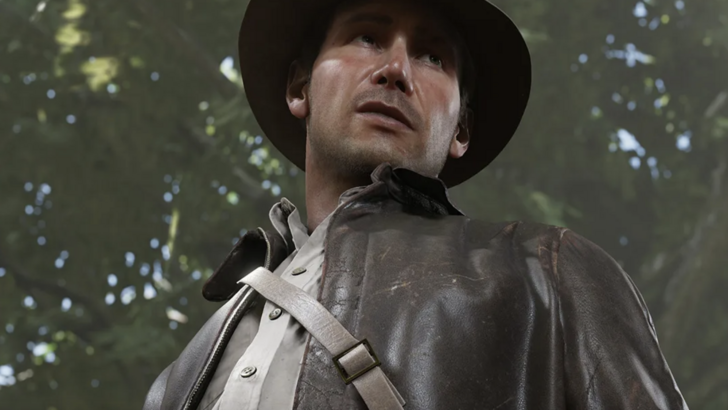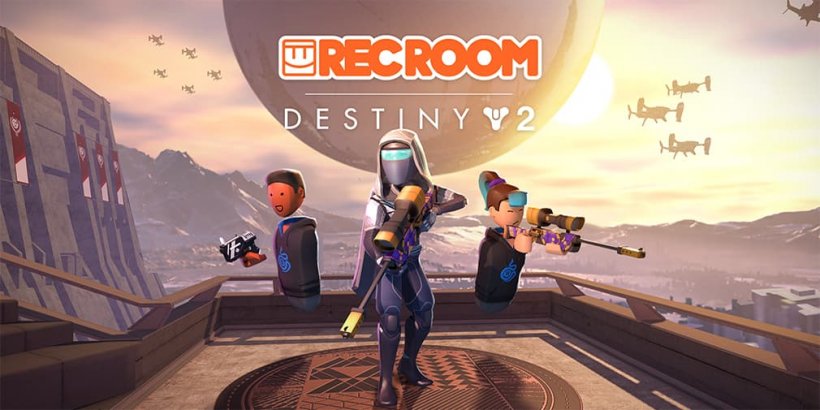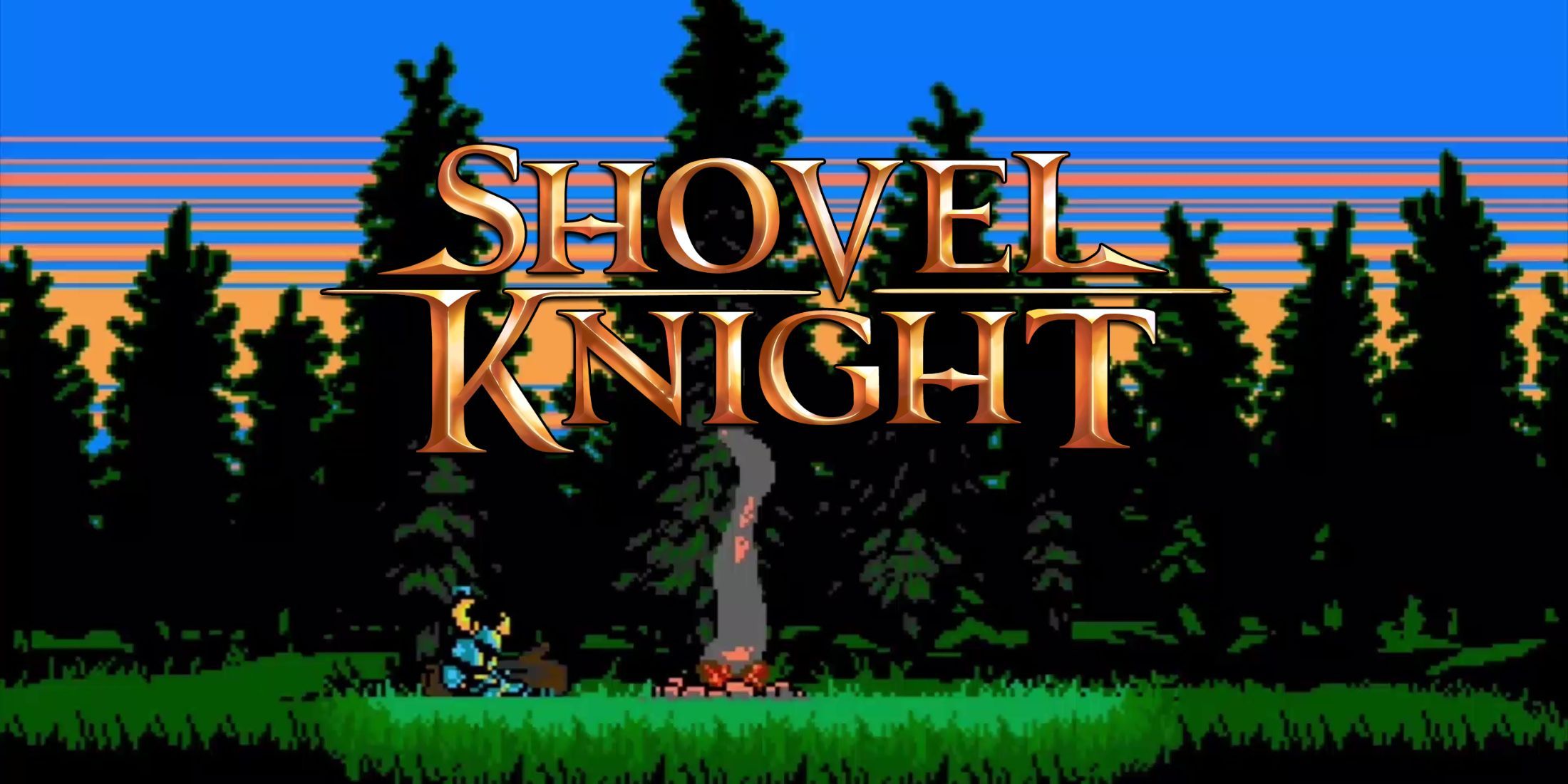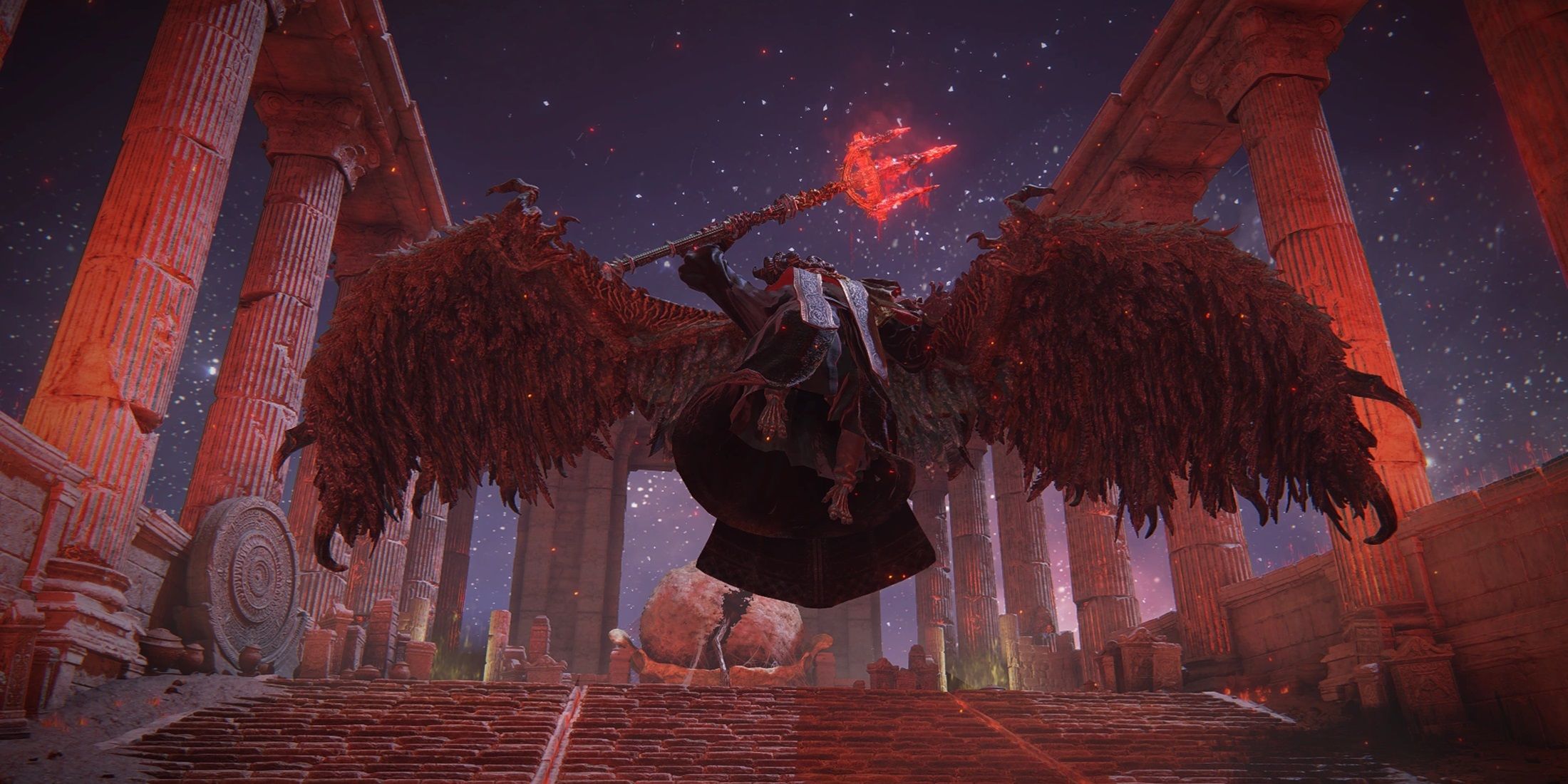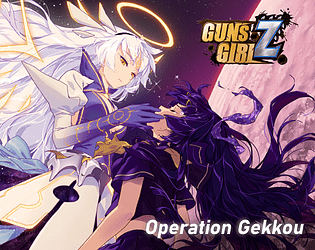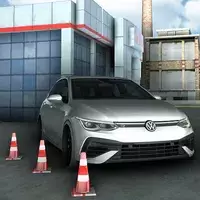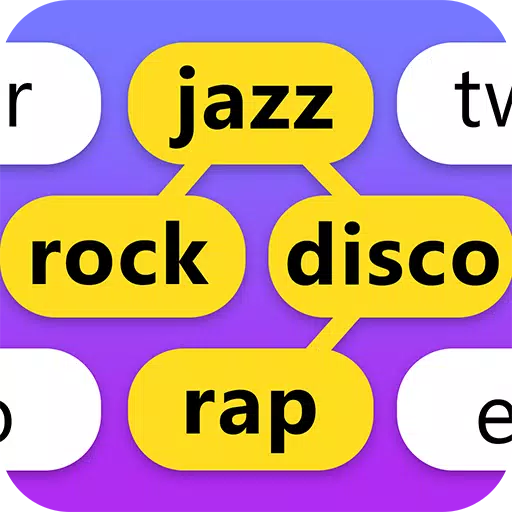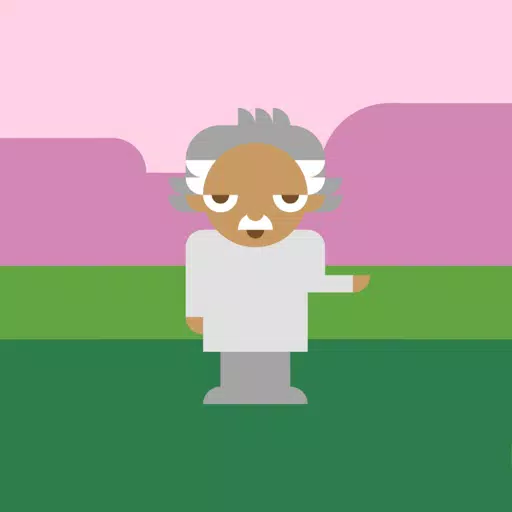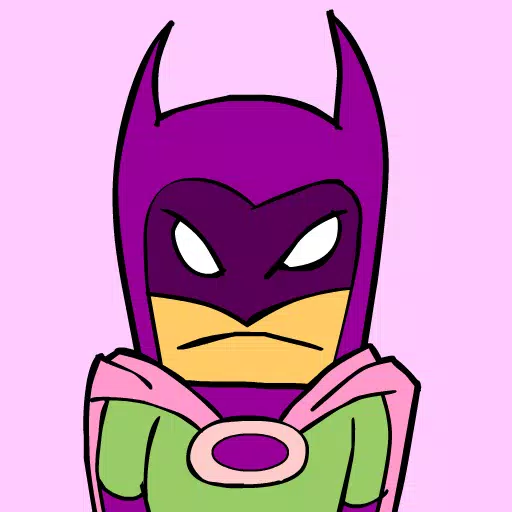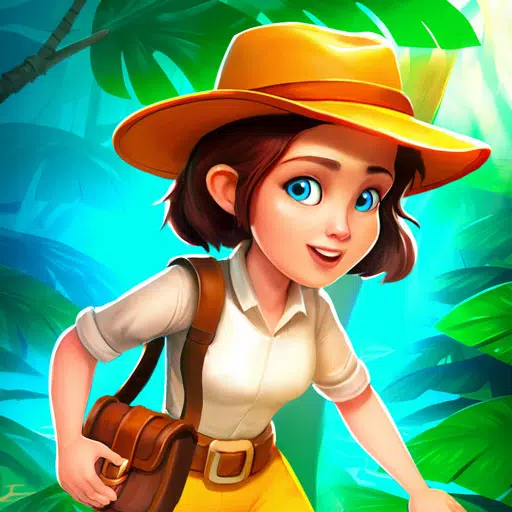Minecraft's terracotta: a versatile building block
Terracotta in Minecraft stands out for its aesthetic appeal and diverse color options, making it a popular building material. This guide details how to obtain, utilize, and craft with terracotta.
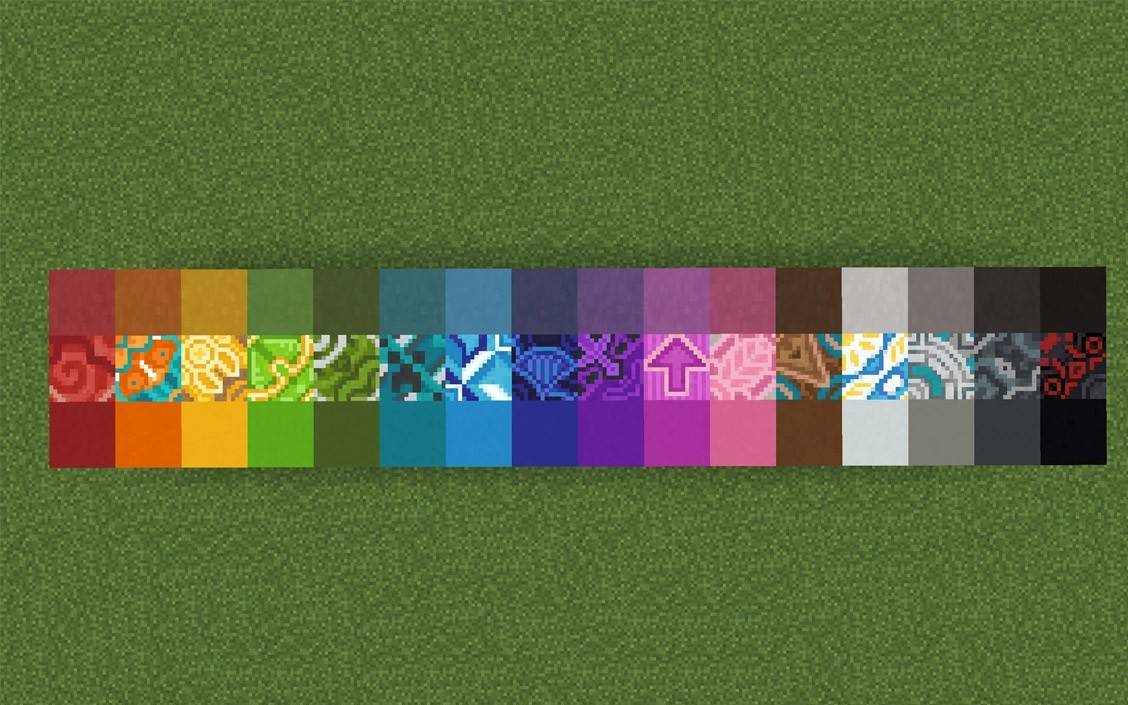 Image: planetminecraft.com
Image: planetminecraft.com
Acquiring Terracotta
The journey to terracotta begins with clay. Locate clay in bodies of water, rivers, or swamps. Mine the clay blocks, collect the dropped clay balls, and then smelt them in a furnace using fuel like coal or wood. While smelting is the standard method, naturally occurring terracotta can be found in abundance in specific biomes, eliminating the need for smelting.
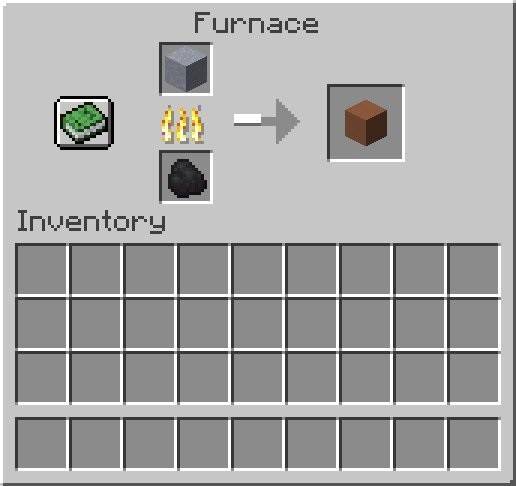 Image: ensigame.com
Image: ensigame.com
Naturally generated terracotta also appears in certain structures and biomes, such as the mesa biome, which features naturally colored terracotta. In Minecraft Bedrock Edition, trading with villagers provides another acquisition method.
Optimal Terracotta Farming Locations
The Badlands biome is a prime location for harvesting terracotta. Its landscape boasts multicolored layers of terracotta in orange, green, purple, white, and pink. This biome offers efficient, large-scale terracotta collection without prior processing.
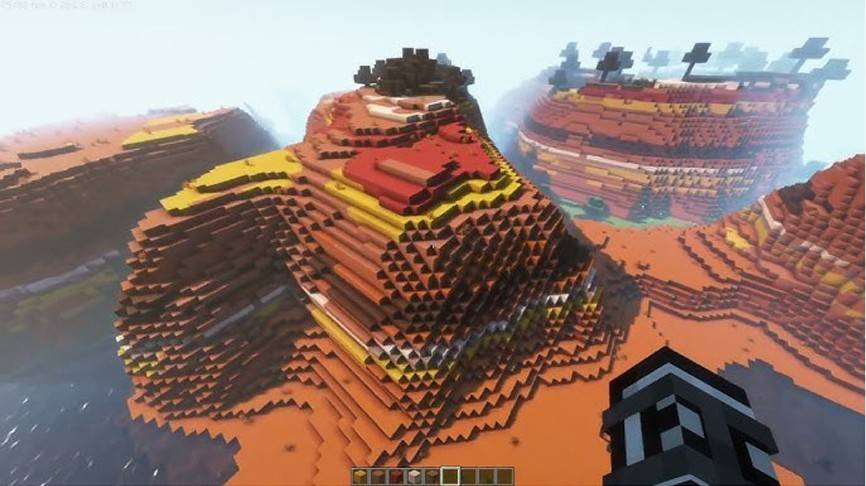 Image: youtube.com
Image: youtube.com
Beyond terracotta, the Badlands also yield sandstone, sand, gold (closer to the surface than in other biomes), and dead bushes. Its unique terrain also makes it ideal for building and resource gathering.
Terracotta Types and Variations
Standard terracotta possesses a brownish-orange hue. However, sixteen different colors can be achieved by using dyes in a crafting grid alongside regular terracotta. Glazed terracotta, created by resmelting dyed terracotta, features unique patterns for decorative purposes. Both types are suitable for both functional construction and aesthetic enhancements.
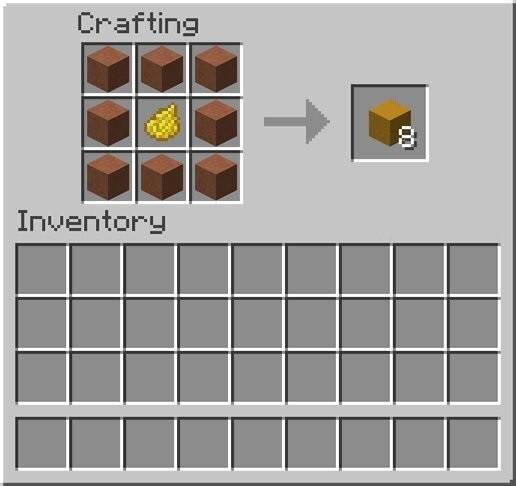 Image: ensigame.com
Image: ensigame.com
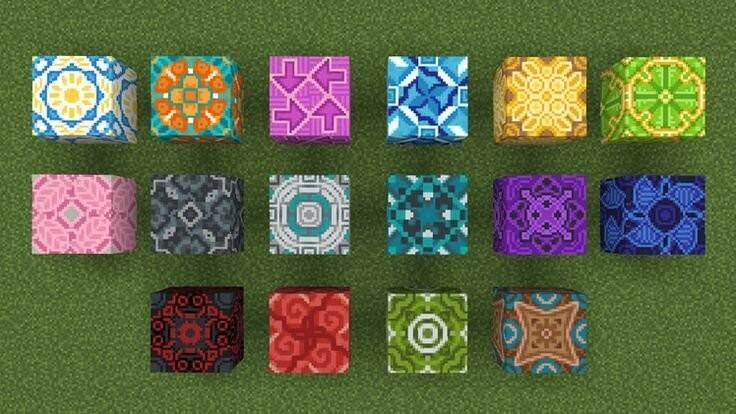 Image: pinterest.com
Image: pinterest.com
Construction and Crafting Applications
Terracotta's uses are extensive. Its durability surpasses that of regular clay, making it suitable for interior and exterior applications. Its color variety allows for intricate designs and patterns in walls, floors, and roofs. Bedrock Edition players can even create mosaics. Minecraft 1.20 introduces its use in crafting armor trims.
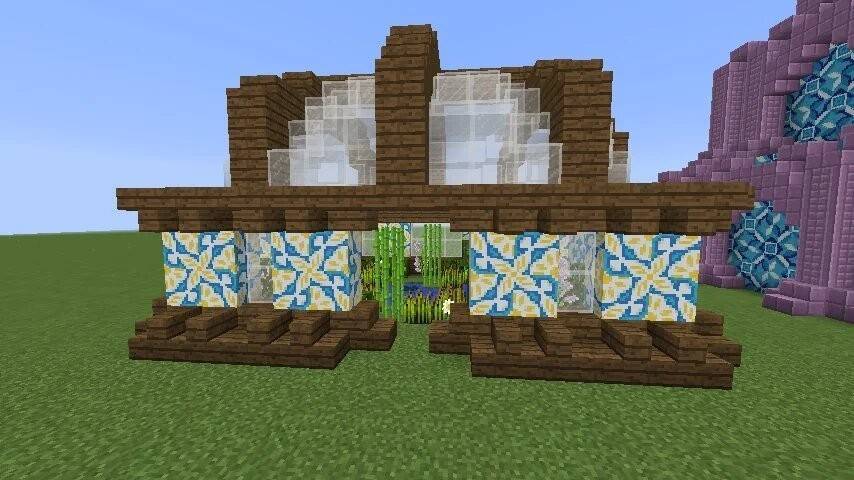 Image: reddit.com
Image: reddit.com
Cross-Version Availability
Terracotta is present in both Java and Bedrock Editions of Minecraft, with consistent acquisition methods, though textures may vary slightly. Certain Minecraft versions allow for villager trades (master-level mason villagers), offering a convenient alternative to biome-based gathering.
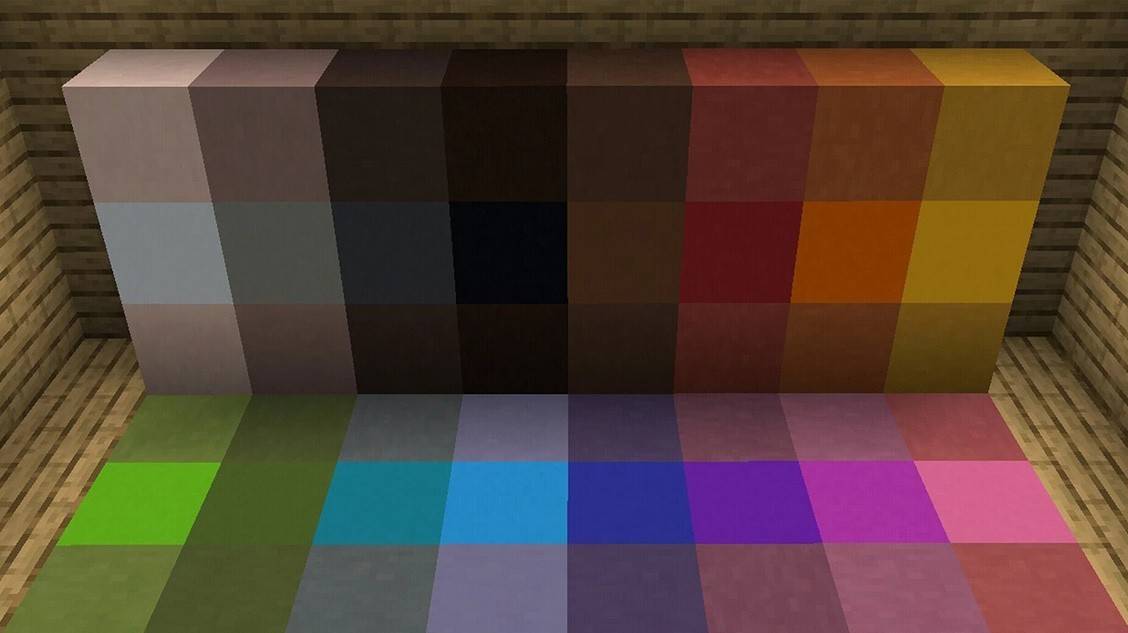 Image: planetminecraft.com
Image: planetminecraft.com
In conclusion, terracotta is a readily available, durable, and visually appealing block that offers extensive creative possibilities in Minecraft. Its diverse colors and patterns make it a versatile choice for any building project.

 Latest Downloads
Latest Downloads
 Downlaod
Downlaod
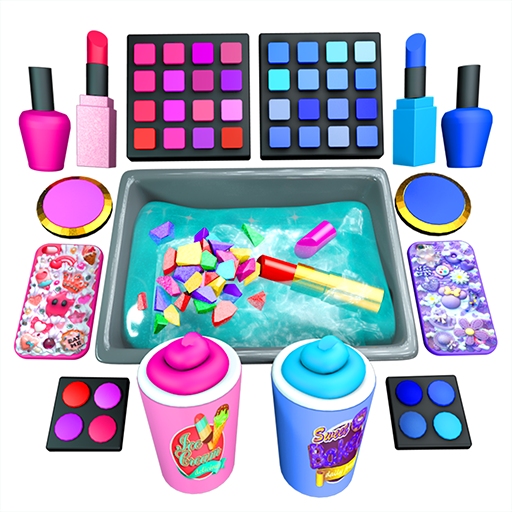
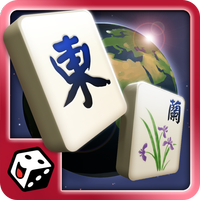


 Top News
Top News
